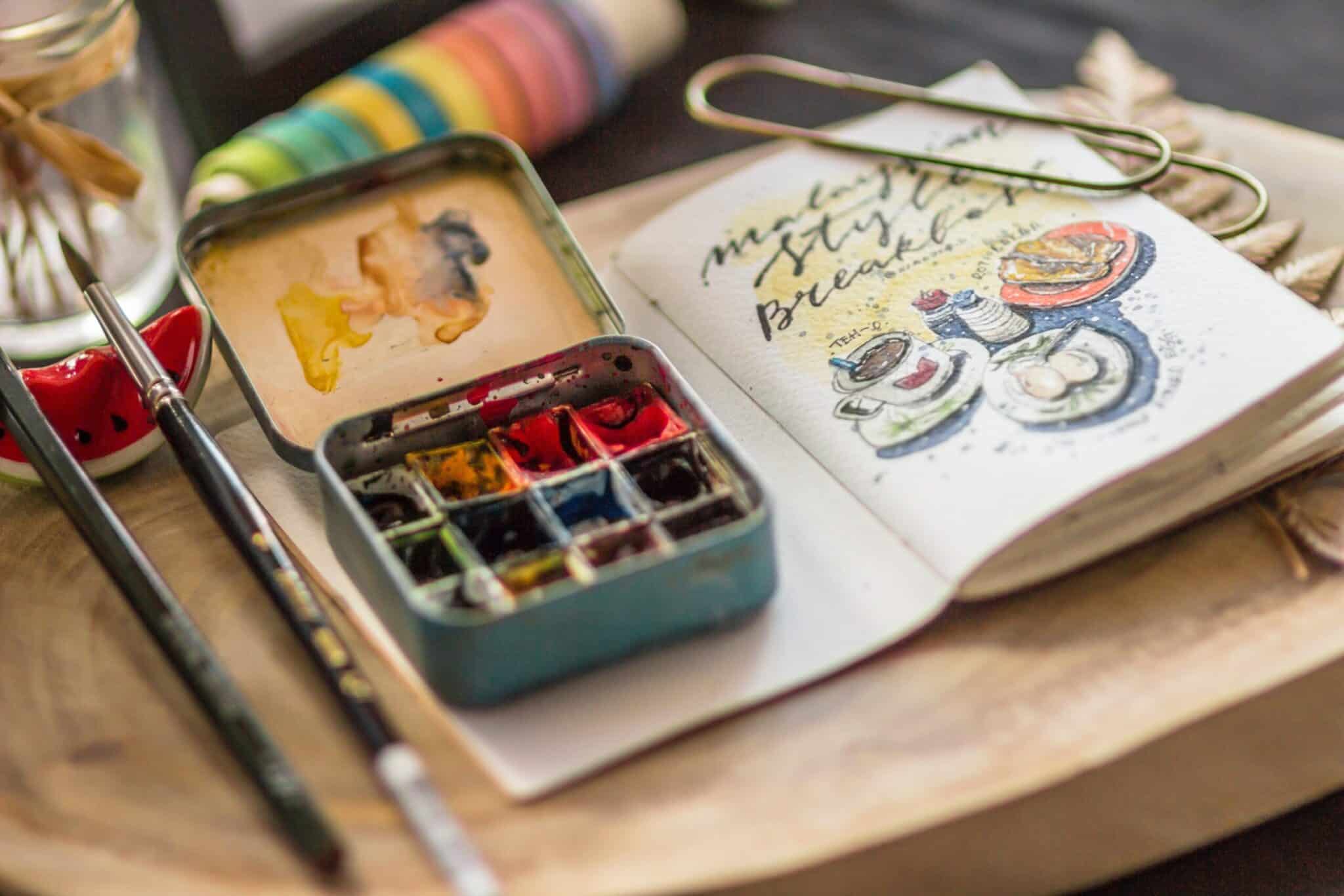MANILA, the bustling capital city of the Philippines, is known for its vibrant culture, friendly people, and delicious food.
However, for creatives looking to make a career in the arts, Manila is often considered one of the worst cities to pursue their passions.
According to a study conducted by Business Name Generator, Manila is listed as the fifth among cities around the world that offers a substandard way of living for professionals in the art industry.
The study generated a list of the top 10 best and worst cities in the world for creatives based on the following metrics:
- Estimated number of ‘creative’ roles available
- Average yearly salaries advertised for them
- Cost of living as a single person excluding rent
- Number of museums and art galleries
- Number of green spaces
- Number of classes and workshops
- Happiness score by country
Ranking below New Delhi, Mumbai, Johannesburg, and Tel Aviv, Manila takes the fifth spot in the list of worst cities.
The study noted that despite the high number of estimated creative roles adding up to 14,644, the creatives in the city only earned an average monthly salary amounting to $470, or around P25,800.
This is in contrast to the $3,233 to $7,192 (P178,000,000 to P396,200,000) average monthly income of creatives living in Tokyo, London, Paris, Chicago, Toronto, Singapore, San Francisco, New York, Los Angeles, and Berlin.
Photo courtesy: Business Name Generator
Issues within the creative industry
Another study conducted by the British Council listed the factors that affect the conditions that professionals have to endure while living and working in Manila.
According to the study, the creative sector is challenged by issues on sustainability, training, lack of opportunities, lack of government support, lack of access to technology and applications, lack of access to market information, and expensive cost of production.
It also noted that creatives have to deal with restrictive government policies, gaps in entrepreneurship and business skills, and low pay as they attempt to excel in their chosen field.
SUGGESTED STORIES:
Presidential Assistance extends P286 million aid to CDO residents
THE presidential assistance to farmers, fisherfolk, and families, one of.
Cup of Joe, may bagong kantang ‘Misteryoso’
THE MYSTERY has finally been revealed! Higit isang taon na.
Filipino Gen Zs prefer independent work, PhilCare study finds
A recent study commissioned by health maintenance organization (HMO) PhilCare.
Lack of opportunities
One of the main reasons Manila is not an ideal city for creatives is the lack of opportunities.
Compared to other major cities in Southeast Asia, the capital has a relatively small art scene, and there are limited opportunities for creatives to showcase their work and establish their careers.
This lack of opportunities can be especially challenging for emerging artists who are just starting out and need to build their portfolios and networks.
Low Paying Jobs
Another challenge facing creatives in Manila is the low income offers for art-related jobs. Many creative professionals in Manila are forced to work multiple jobs or take on freelance work just to make ends meet.
This can be particularly arduous for those who are just starting out in their careers and do not yet have a strong portfolio or network to draw from.
Lack of Support
Another factor contributing to the plight of creatives in Manila is the insufficient support from the government and private sector.
While there are a number of grassroots organizations and initiatives that are working to support the arts in Manila, there is little support from the government and the private sector.
This lack of support makes it difficult for creatives to access funding, resources, and other forms of support that can help them grow and thrive in their careers.
But it is hoped that this will change soon. In July last year, the Philippine Creative Industries Development Act or Republic Act 11904, lapsed into law.
It establishes the Philippine Creative Industries Development Council, which will support the country’s talented artists and workers.
READ: DECODE: How the government will help creative Filipinos
Competition
Competition is also a significant issue among creatives in Manila. With so many talented artists and creatives in the city, it can be difficult to stand out and make a name for oneself.
This can be especially taxing for those who are just starting out and do not possess a strong network or reputation in the industry.
Improving the situation
Despite these challenges, there are a number of steps that can be taken to improve the situation for creatives in Manila. For instance, the government and private sectors can collaborate to provide more support for the arts, including funding, resources, and mentorship programs.
There is also a need for more opportunities for emerging artists to showcase their work and build their careers, such as art fairs, festivals, and other events.
Further, the British Council study also recommends the following solutions:
- Support sector sustainability, resilience and growth through capacity building
- Collaborate with international leaders in skills, training and capacity building
- Focus skills, training and knowledge transfer initiatives on business and enterprise skills
- Empower creative hubs to support skills development and facilitate local training for the trainers
- Empower the education sector to provide a rich and rounded curriculum that addresses the nation’s talent pipeline
- Create a suitable environment for private and public sector development, financing and investment
- Make available funding sources more accessible and suitable to creative enterprises
- Support creative enterprises in leveraging and exploiting their assets
- Mitigate challenges in investment and access to finance in the Philippines
- Support market development for the Philippine creative industries
- Support the revival appreciation for Philippine heritage and culture
- Support the creative sector to better connect with consumers
Additionally, it is pertinent to provide more affordable and accessible spaces for creatives to work and collaborate. These can include co-working spaces, artist residencies, and other shared spaces that provide a supportive and collaborative environment for creatives to work and grow.
While Manila may not be the best city for creatives at the moment, there is still hope for the future.
With more support from the government and private sector, as well as a growing community of artists and creatives, there is potential for Manila to become a thriving hub for the arts and creative industries. By working together and supporting the arts, Filipinos can create a brighter future for creatives in Manila and beyond.
With reports from JM Descalso.












